Before the devastating effects of World War I, Germany was a powerhouse in Europe, known for its thriving economy, industrial might, and financial stability. The German Mark was as solid as any currency, and its exchange rate with other major currencies like the British shilling, French franc, and Italian lira was relatively balanced. However, by the time the war had ended, Germany found itself battered both economically and politically, with enormous debts, including reparations imposed by the Treaty of Versailles. Little did the German public know that these financial pressures would spiral out of control, leading to one of the most extreme cases of hyperinflation in history.
The Path to Hyperinflation: Germany in the Early 1920s
The first few years after the war were filled with attempts to stabilize Germany’s economy. With the hyperinflationary pressures starting to brew, Germany’s ability to repay its reparations became an issue. As part of the Treaty of Versailles, Germany had agreed to pay reparations in foreign currency, primarily in British pounds, French francs, and American dollars. To meet these obligations, Germany began printing vast amounts of money, resulting in a steady devaluation of the Mark.

By 1921, the value of the German Mark had started to sink, and by 1922, it had begun to plummet rapidly. Inflation went from a manageable situation to a full-blown crisis. The currency’s value dropped to 800 Marks per Dollar by the end of 1922, and the purchasing power of the average German was shrinking at an exponential rate. People quickly realized that the money in their pockets was worth less every day, and soon the country was caught in a vicious cycle of printing money to meet its ever-increasing debt obligations.
Video
Watch the documentary to understand why Germany experienced hyperinflation in 1921! Don’t miss this insightful look at the economic crisis that shook the nation.
Hyperinflation in Full Swing: A Trillion Marks to One Dollar
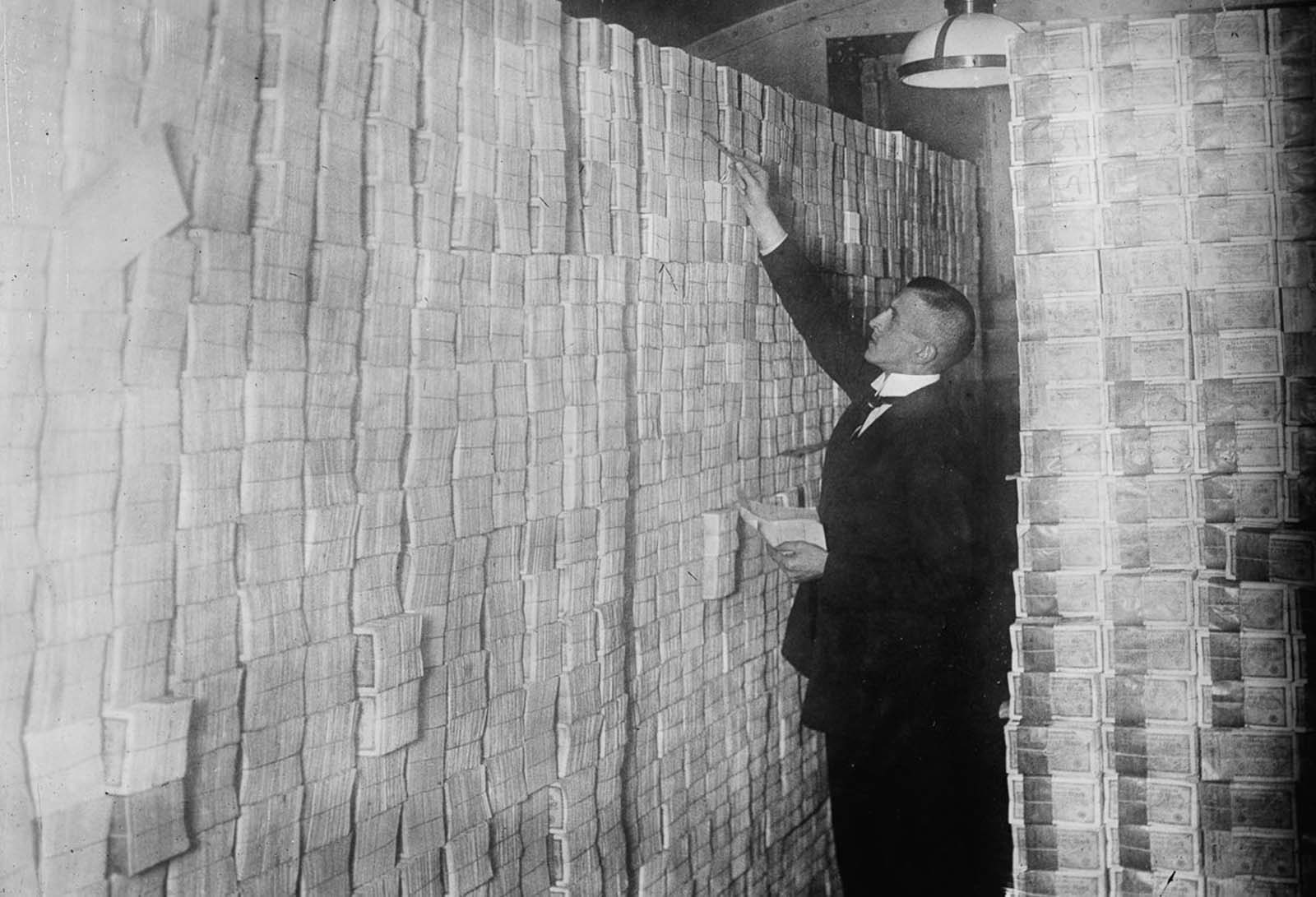
By 1923, the German Mark had gone from being a respected currency to a worthless paper note. The exchange rate had reached an astronomical 1 trillion Marks to 1 US dollar. To put this into perspective, people were forced to use wheelbarrows full of banknotes just to buy a loaf of bread or a simple newspaper. The daily rise in prices was staggering, and the value of the currency became meaningless.
For ordinary citizens, daily life became a blur of confusion, chaos, and frustration. As inflation continued to rise uncontrollably, shopkeepers started to refuse the Mark altogether, preferring to deal in barter or foreign currency. At the same time, the cost of basic goods surged so rapidly that wages couldn’t keep up. People found themselves in a constant race to spend their money before it lost any more value. Banknotes became nothing more than a symbol of the country’s financial collapse, their worth reduced to wallpaper and kindling.
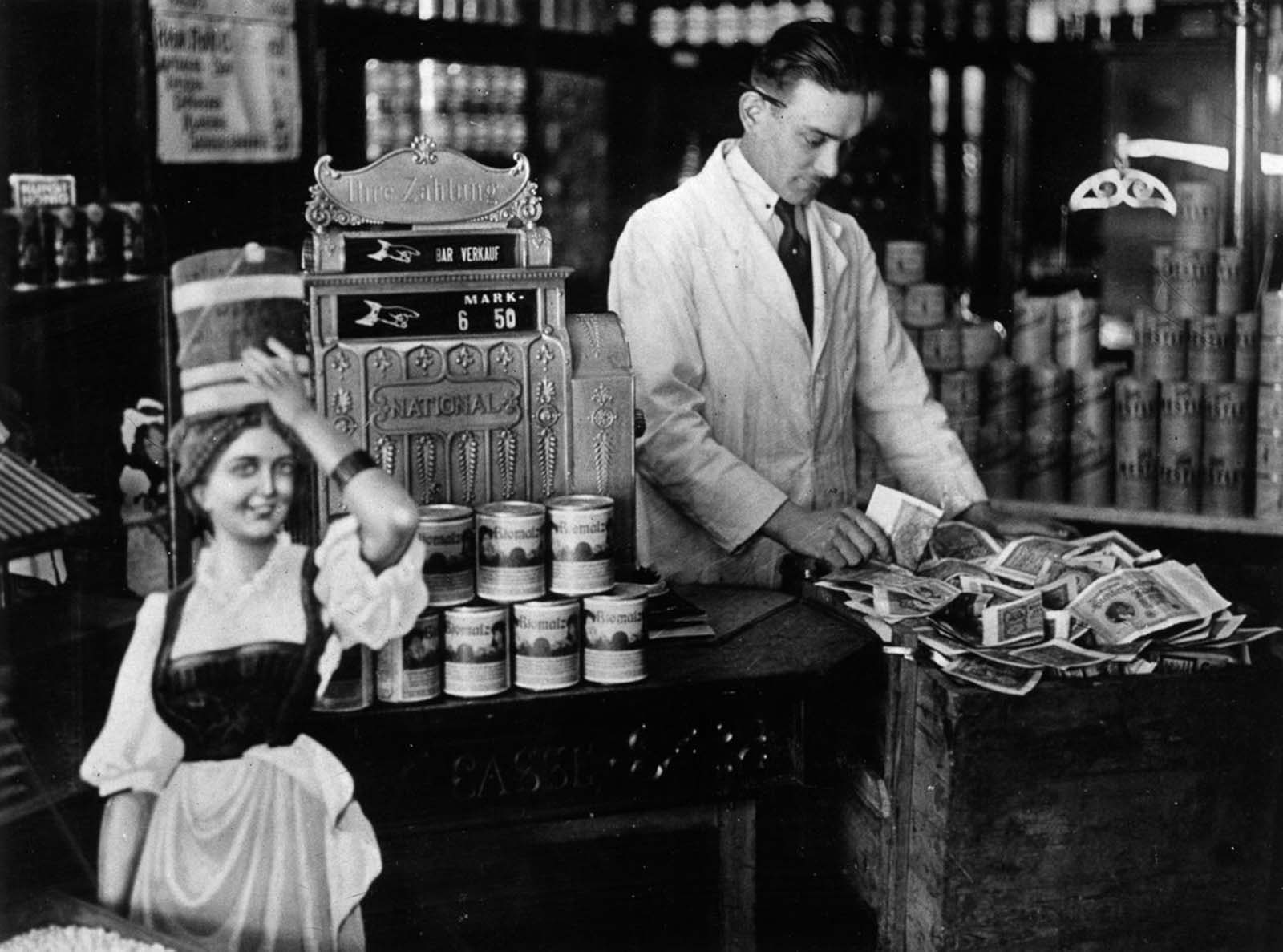
Banknotes as Wallpaper: Symbolism of a Nation in Crisis
In the most dramatic demonstration of the complete collapse of the currency, people began using worthless banknotes as wallpaper. The hyperinflationary collapse rendered the banknotes virtually valueless, and with so many notes flooding the market, they were more useful as building materials than as money. Homes, offices, and even public buildings were decorated with stacks of banknotes, a haunting reminder of how quickly wealth and stability can vanish.
This phenomenon was not just a practical response to inflation but also a powerful symbol of how deeply economic instability can scar a society. It was as if the paper currency, once the foundation of commerce and exchange, had become a silent witness to the financial collapse. While the effects of hyperinflation were devastating for the people, the widespread use of banknotes as wallpaper stands as an iconic image of a society that had lost all confidence in its own currency.
The “Zero Stroke” Disorder: A Psychological Effect of Hyperinflation
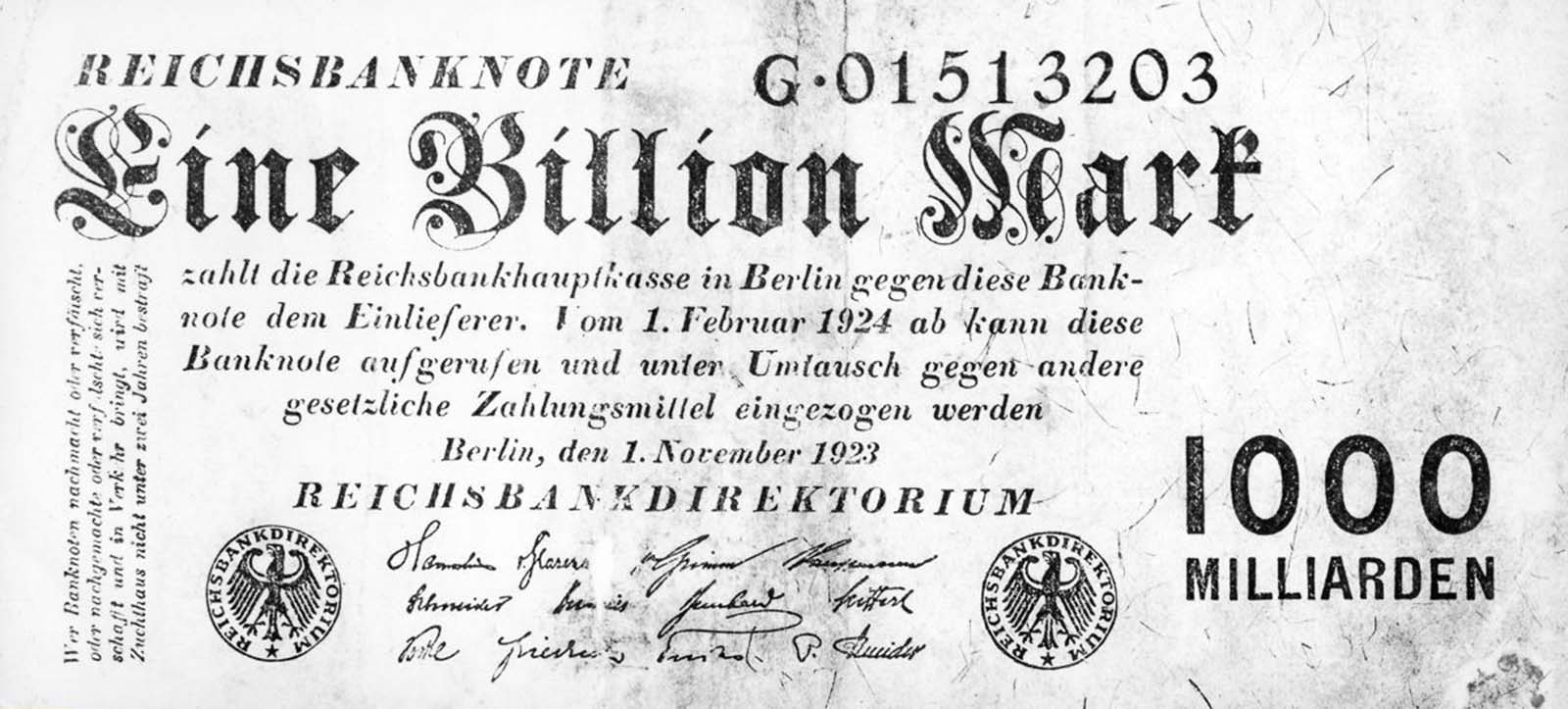
As the hyperinflation continued, it had a profound psychological impact on the German population. One of the most curious and unsettling effects was the emergence of what came to be known as “zero stroke,” a mental disorder allegedly diagnosed by physicians in Germany during the worst years of hyperinflation. Individuals affected by zero stroke were compulsively driven to write endless rows of zeros on paper—numbers that no longer held any meaningful value.
The condition was believed to be the result of the overwhelming stress and confusion caused by the inflationary environment. People were bombarded with constantly changing prices, and the calculations required to engage in even basic transactions became overwhelming. The mental toll of living through such constant financial uncertainty left many unable to comprehend the value of anything, and the “zero stroke” disorder symbolized the disorienting power of inflation.
The Collapse and Aftermath: A Nation in Recovery
By 1924, the hyperinflationary crisis finally began to subside. The introduction of a new currency, the Rentenmark, brought an end to the period of extreme inflation. The Rentenmark was backed by land and industrial assets, providing a more stable foundation for Germany’s economy. This new currency was introduced in November 1923, and within a few months, it helped to stabilize the financial system. The German government had to take drastic measures to regain the trust of the people and restore economic stability.
However, the damage had already been done. The hyperinflation had left scars on the German economy and its citizens. The savings of millions were wiped out, and the middle class, which had been the backbone of German society, was devastated. It would take years for Germany to recover economically, and the effects of the hyperinflation were felt long after the crisis ended.
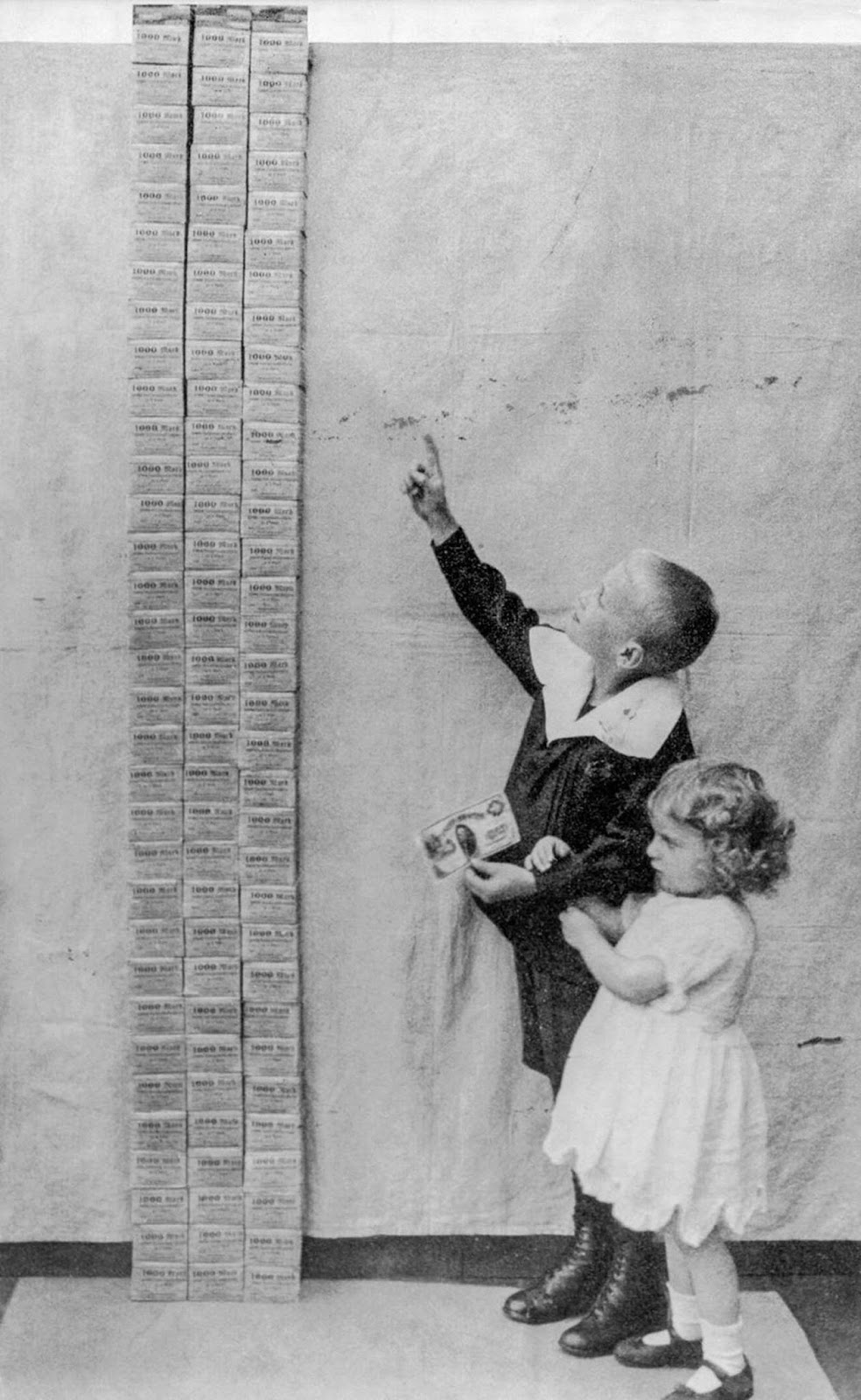
Legacy of the Weimar Republic’s Hyperinflation
The Weimar hyperinflation remains a stark reminder of the dangers of unchecked monetary expansion and the fragility of economic systems. The crisis had long-lasting effects on German politics and society, contributing to the rise of extremist movements like the Nazi Party. Adolf Hitler would use the deep economic distress of the population as a platform to gain support for his radical ideas.
Beyond Germany, the hyperinflation of the Weimar Republic also had a significant impact on global economic thought. Economists and policymakers began to take a closer look at how monetary policy and inflationary pressures could be managed more effectively to prevent such a catastrophic event from occurring again. The lessons learned from the German hyperinflation would shape economic thinking for decades to come.
Gallery: The Visual Impact of Hyperinflation in Germany (1923)
The following images capture the chilling reality of Germany’s hyperinflation crisis in 1923. These photos tell a story of desperation, economic collapse, and the everyday impact of a currency system rendered useless in a matter of months

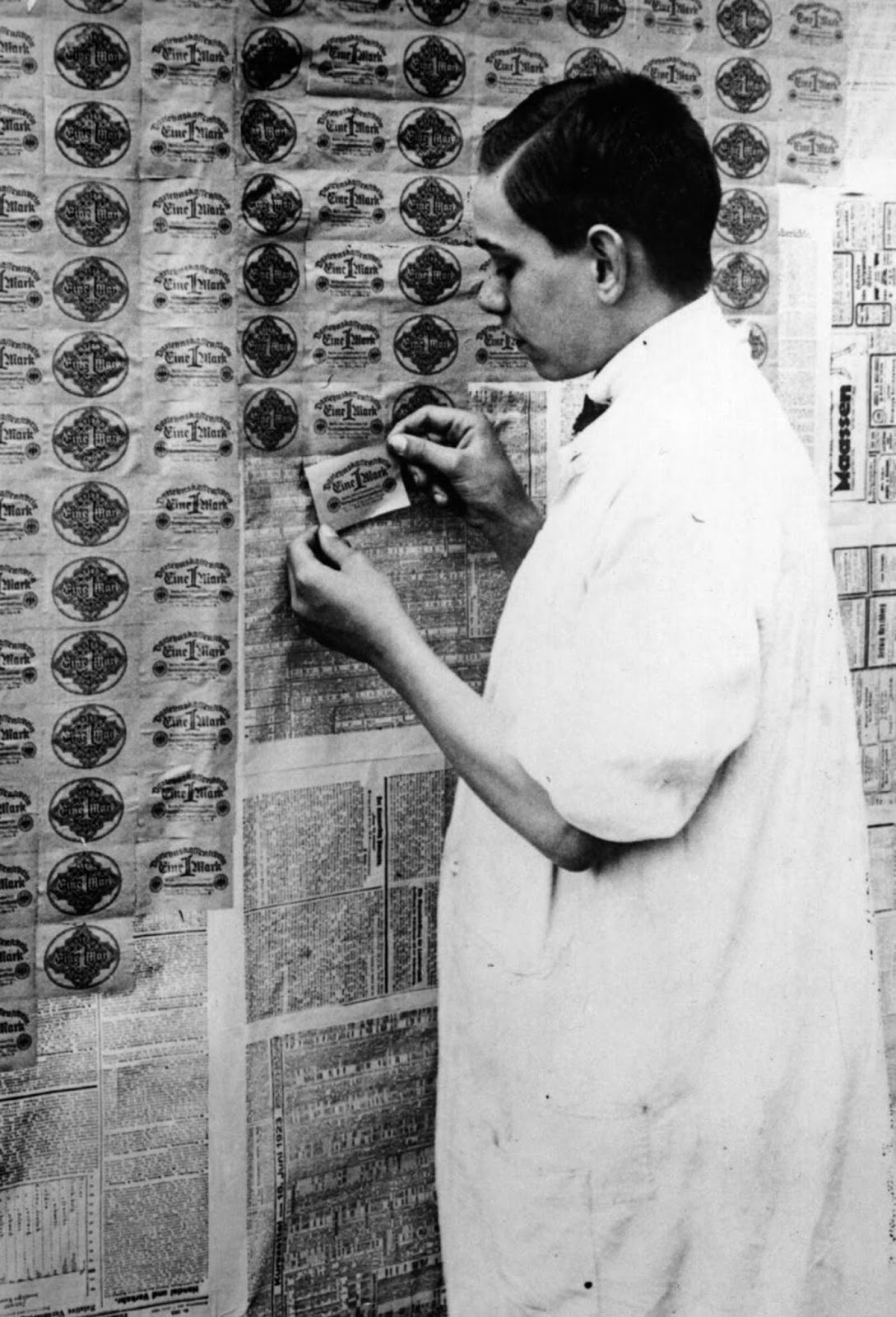

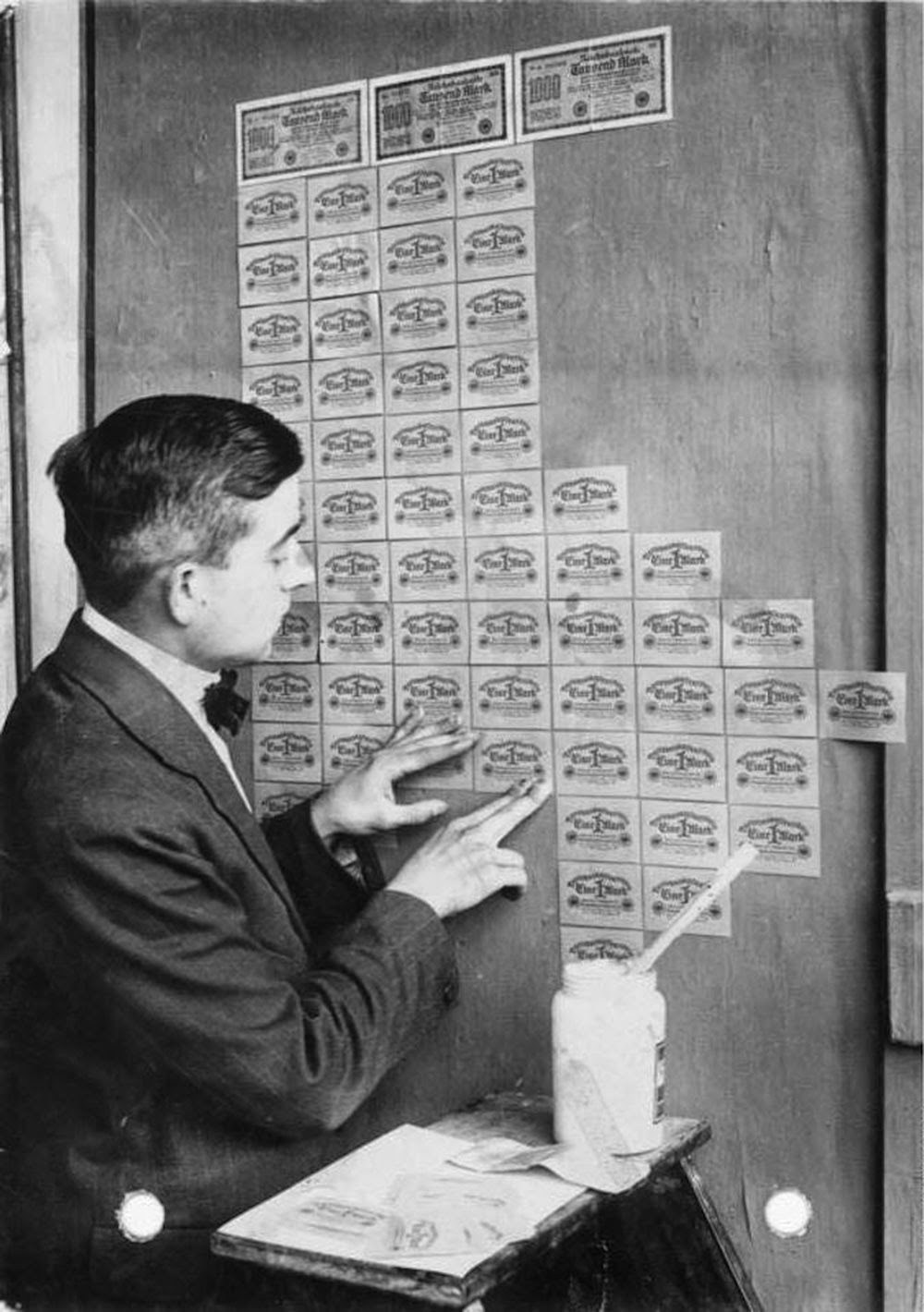
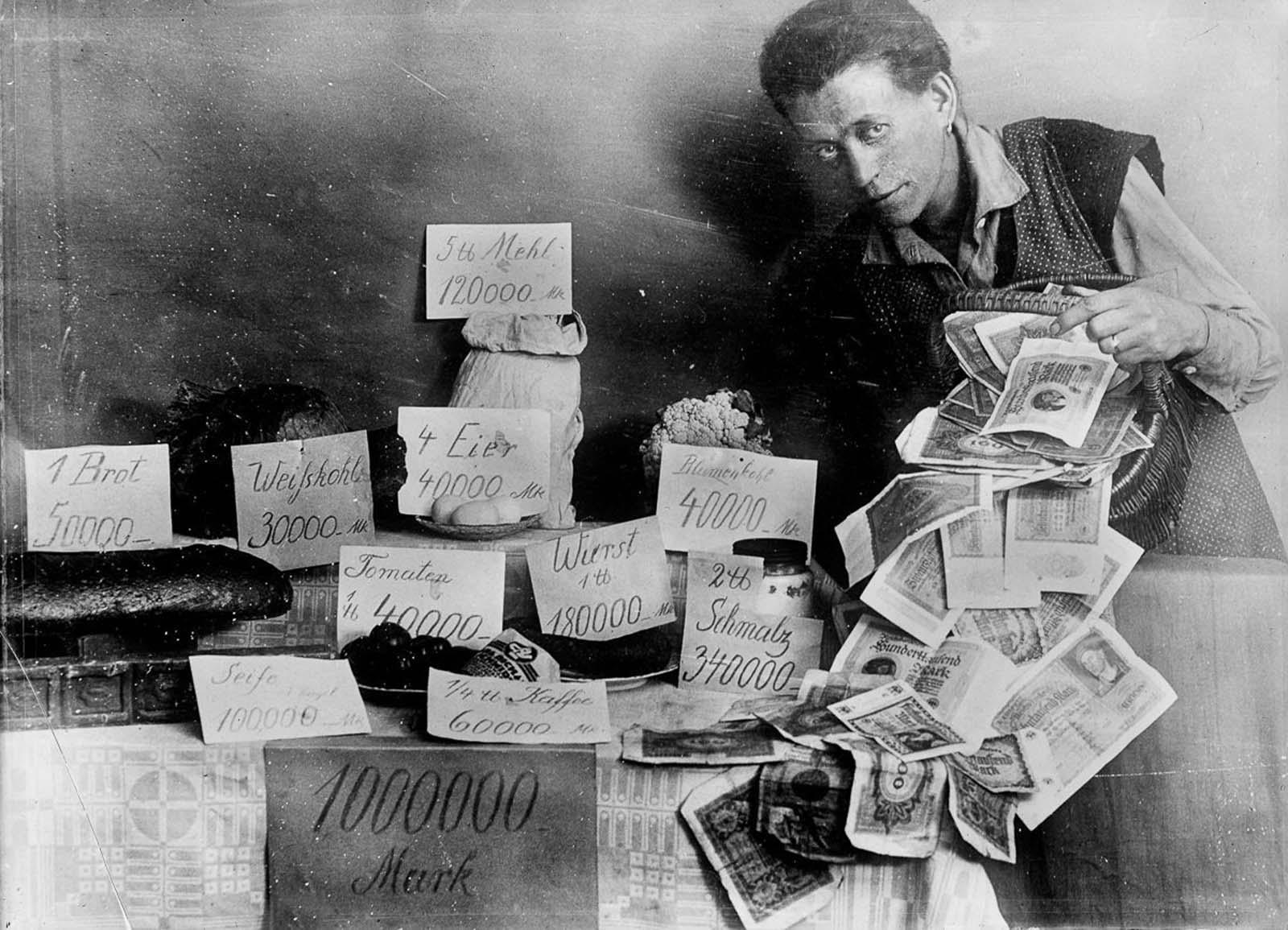
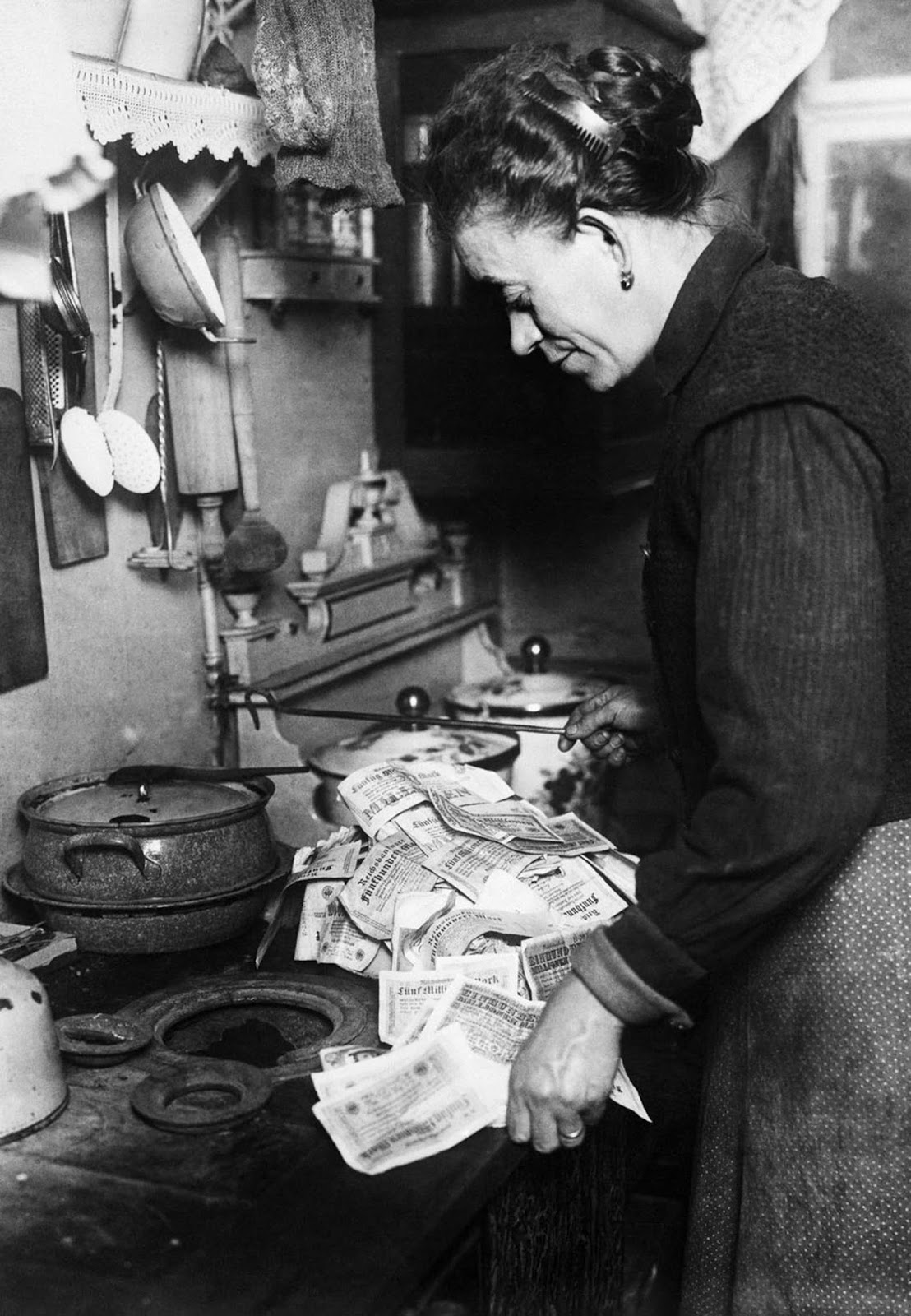
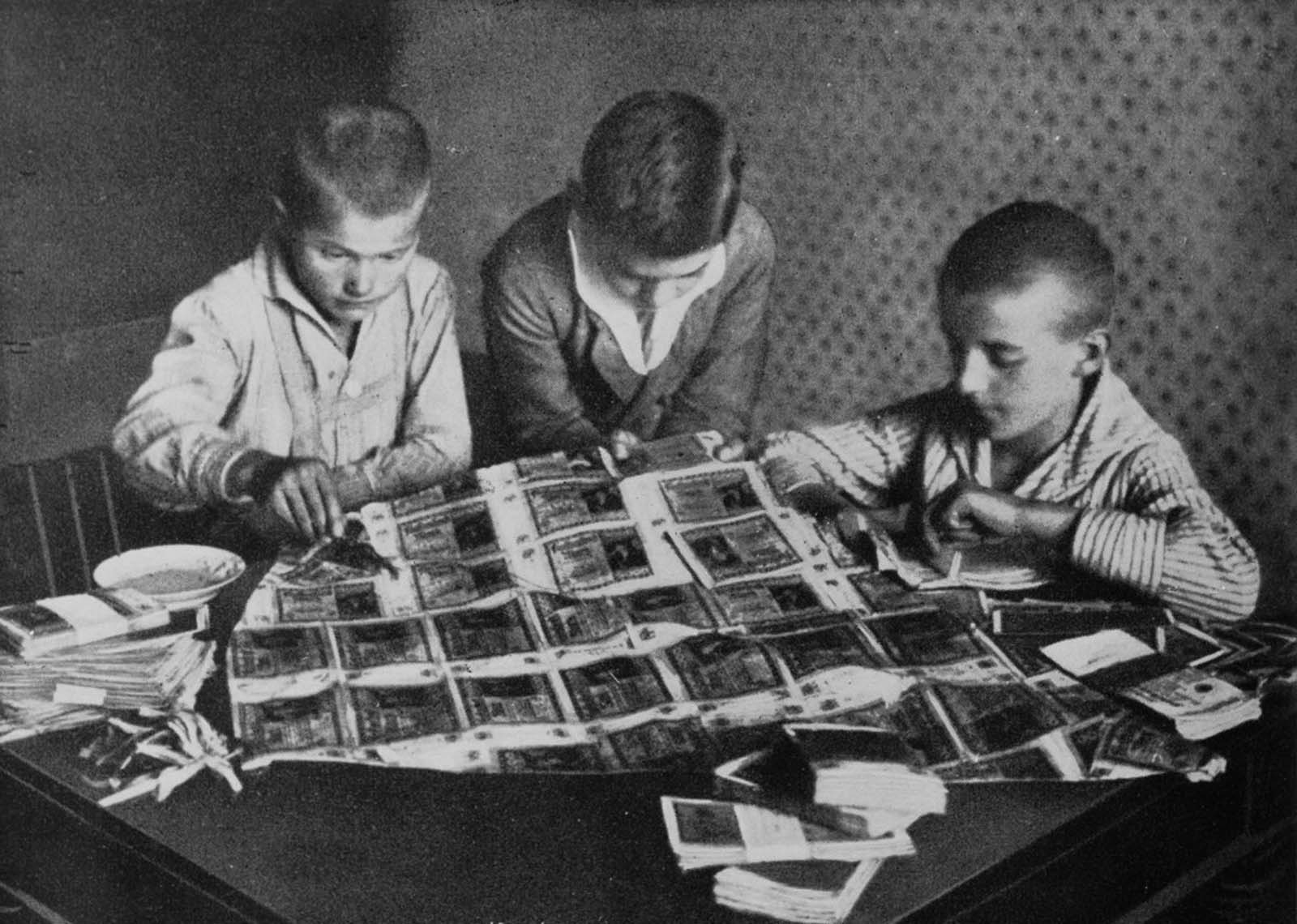
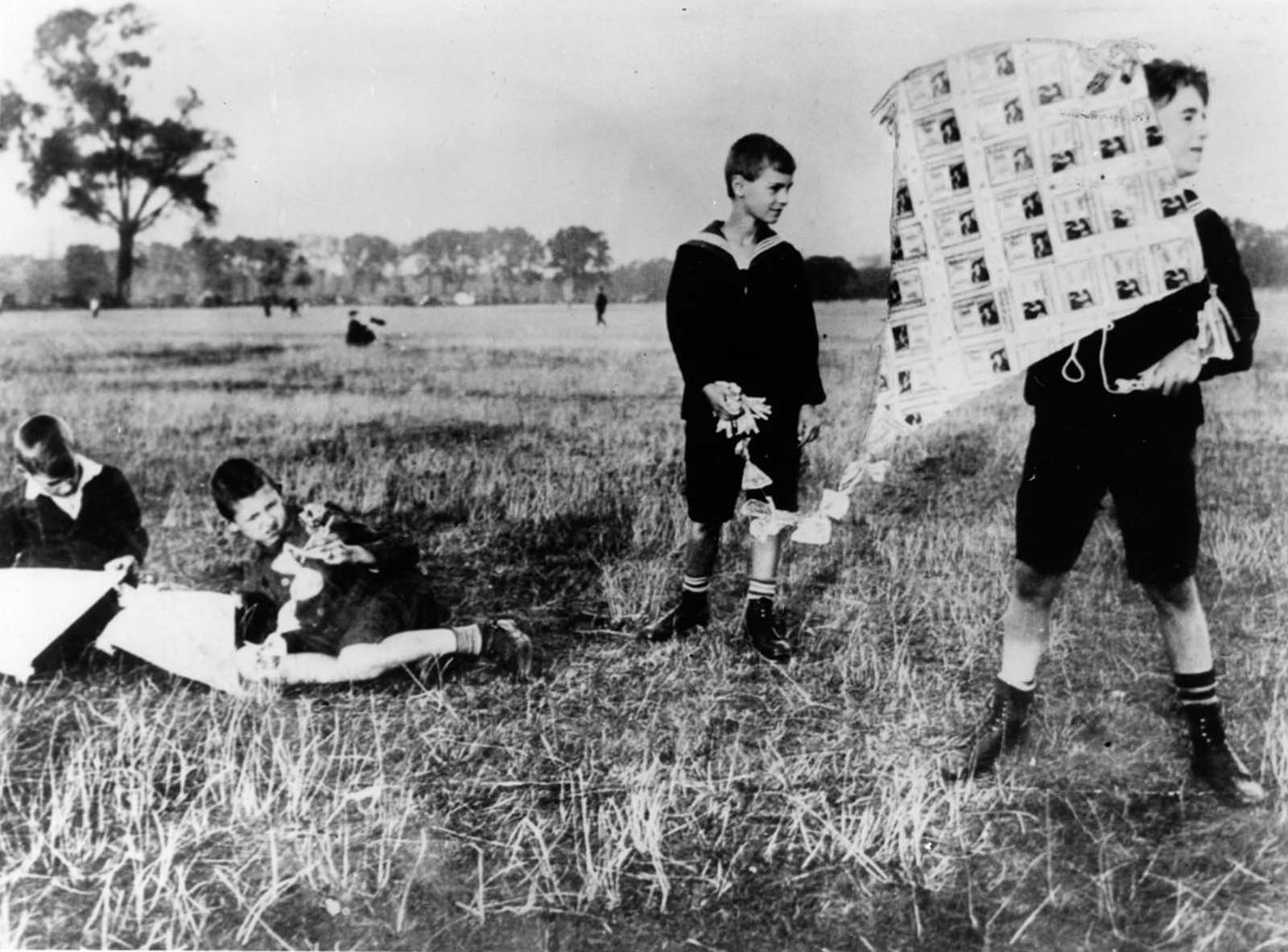
Video
Watch the video to learn about the hyperinflation of 1923 in Weimar Germany! Don’t miss this educational breakdown of a crucial event in history.
Conclusion: A Cautionary Tale of Economic Instability
The story of Germany’s hyperinflation in 1923 is both a tragic and fascinating chapter in the history of modern economics. It highlights the devastating consequences of economic mismanagement, political instability, and the breakdown of trust in a nation’s currency. The images of people using banknotes as wallpaper, the desperate measures taken by individuals to preserve their wealth, and the psychological toll of the crisis all serve as a chilling reminder of how quickly a society can descend into financial chaos.
In the years since, the lessons of the Weimar Republic’s hyperinflation have remained relevant. While global economies today are much more stable and regulated, the events of 1923 show how vulnerable any country can be to the forces of inflation and economic collapse. Today, we look back at the hyperinflation of 1923 not just as a historical event, but as a cautionary tale that continues to shape economic policies around the world.



